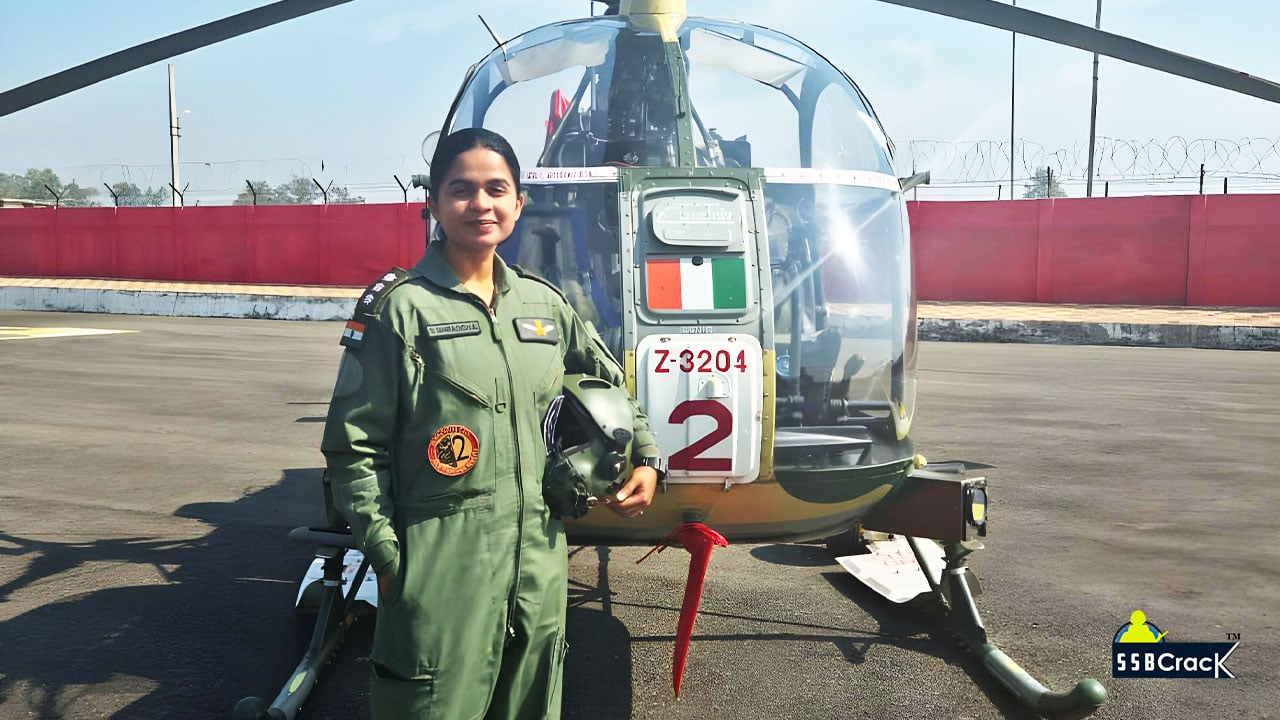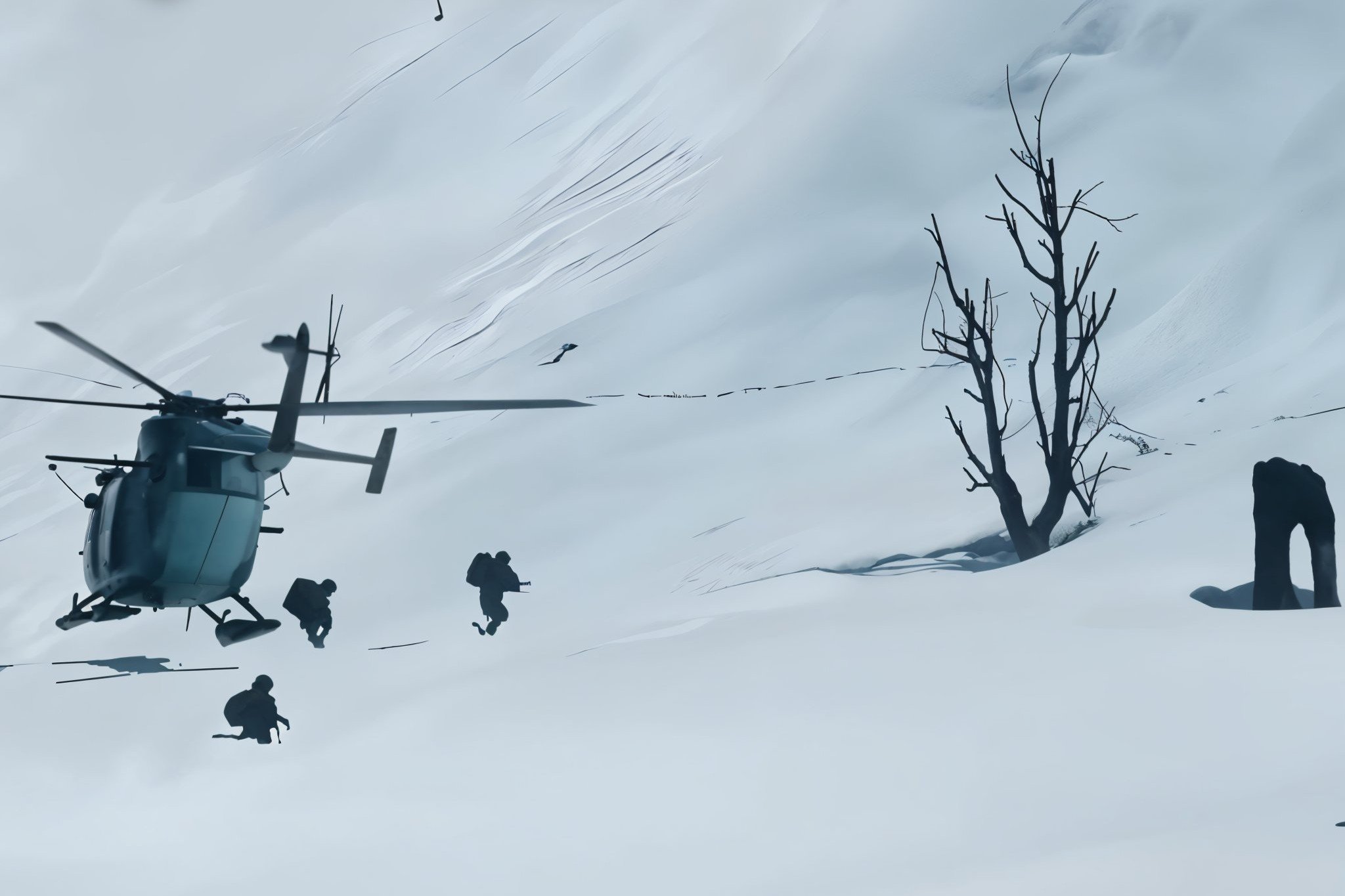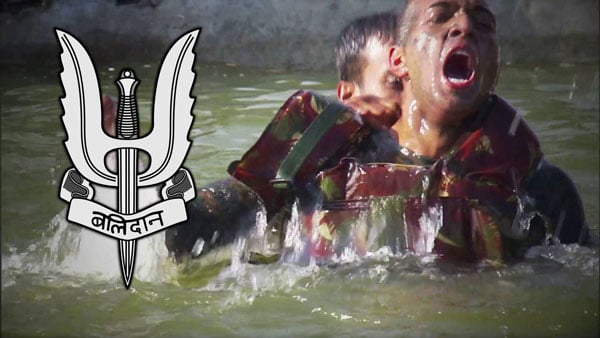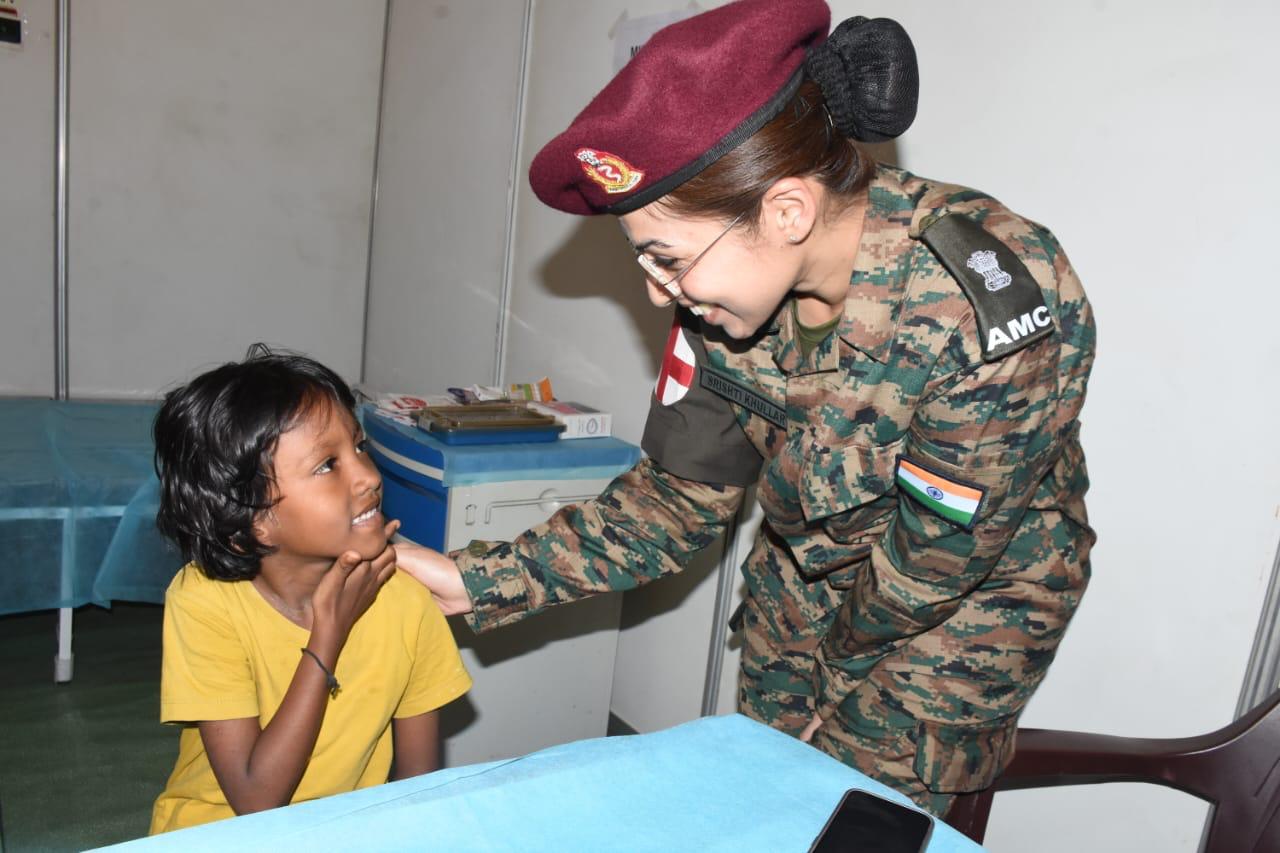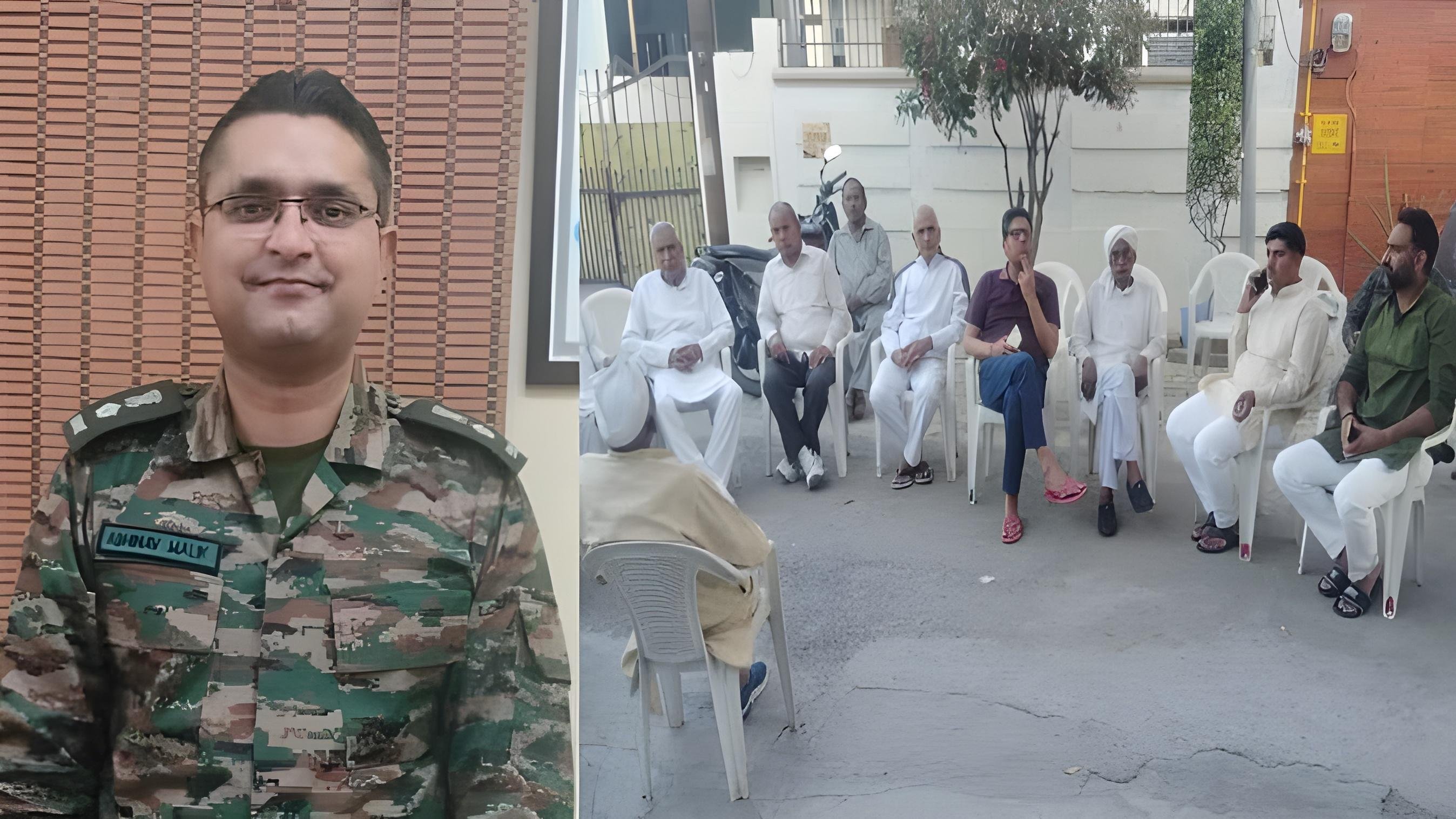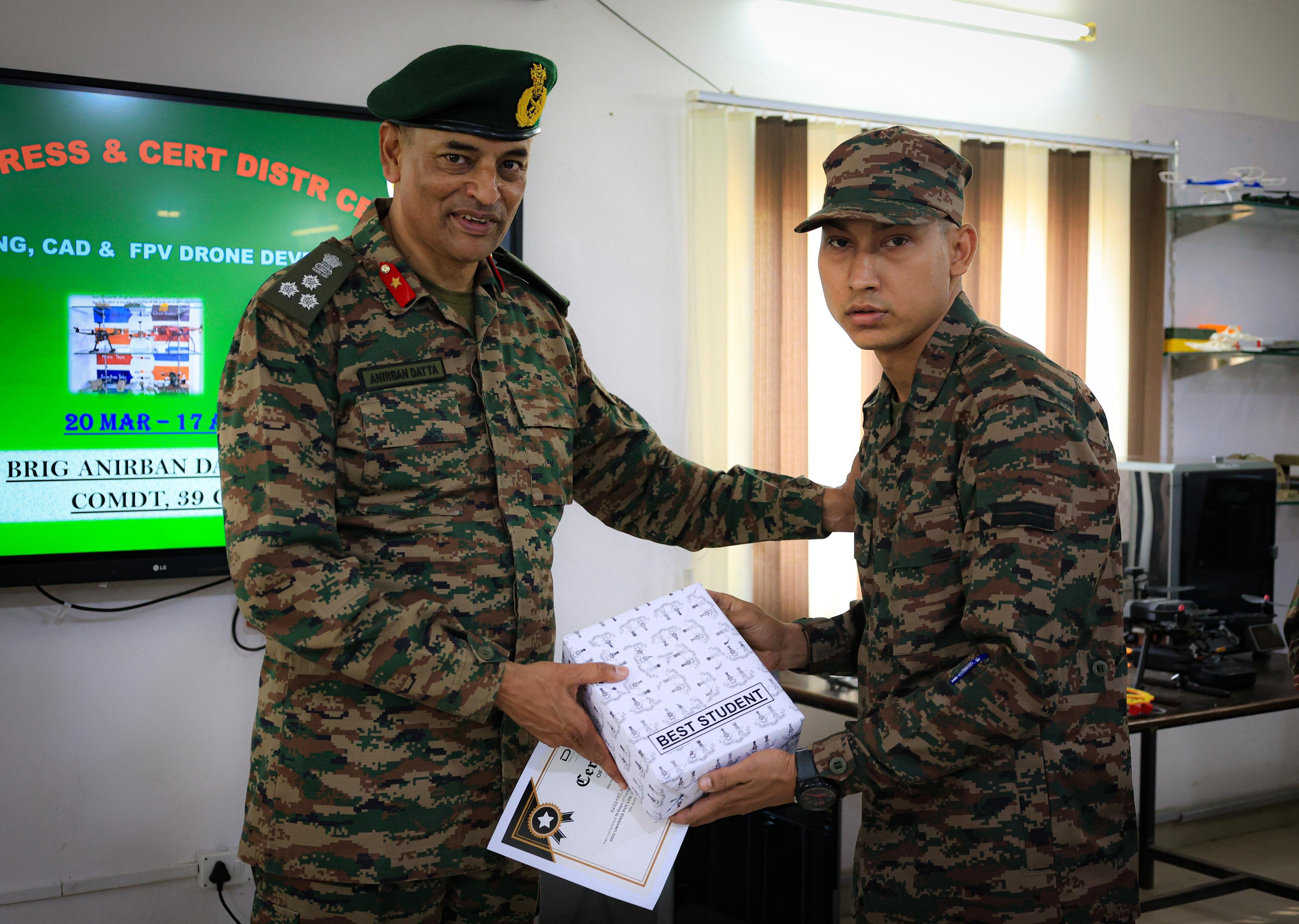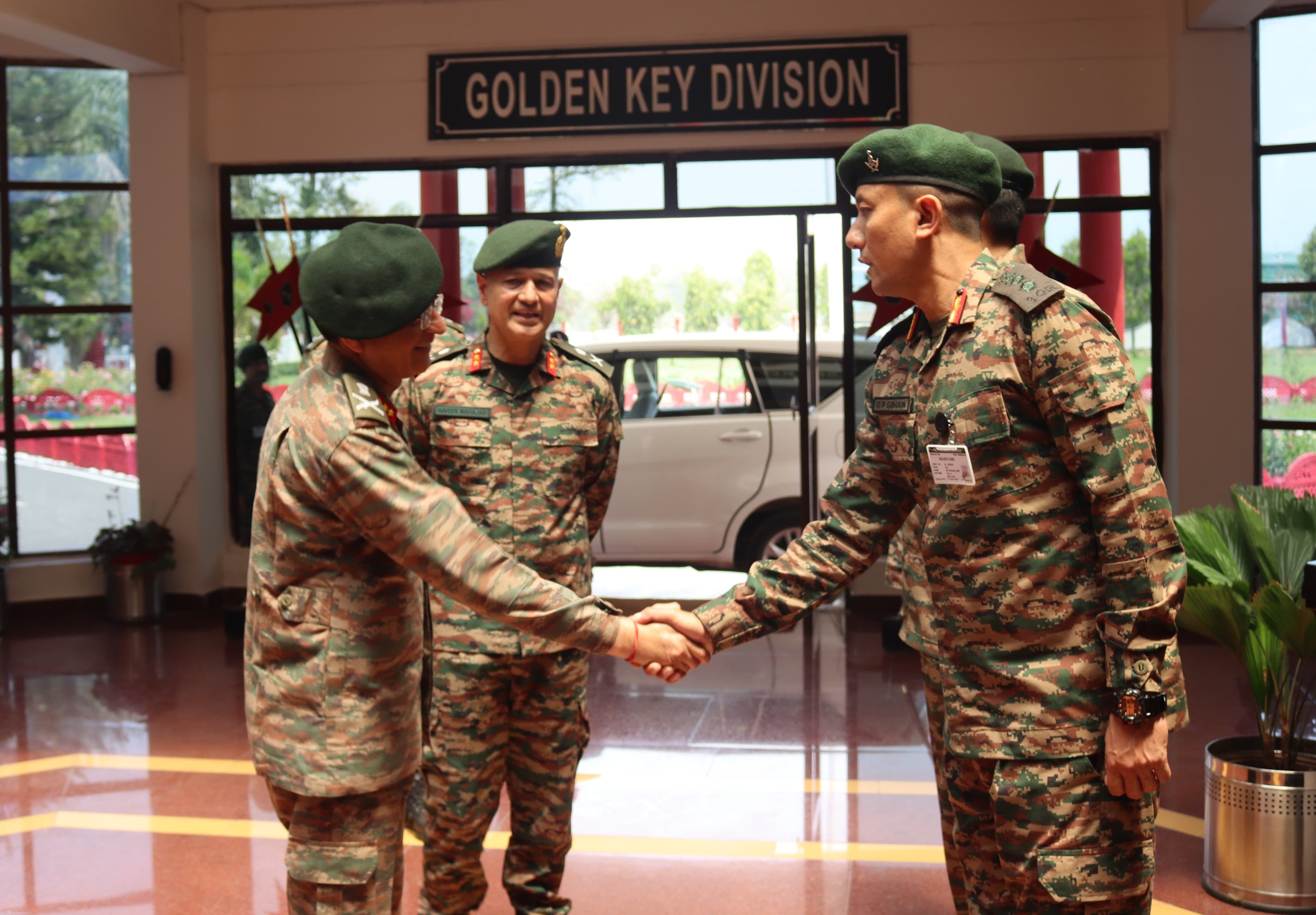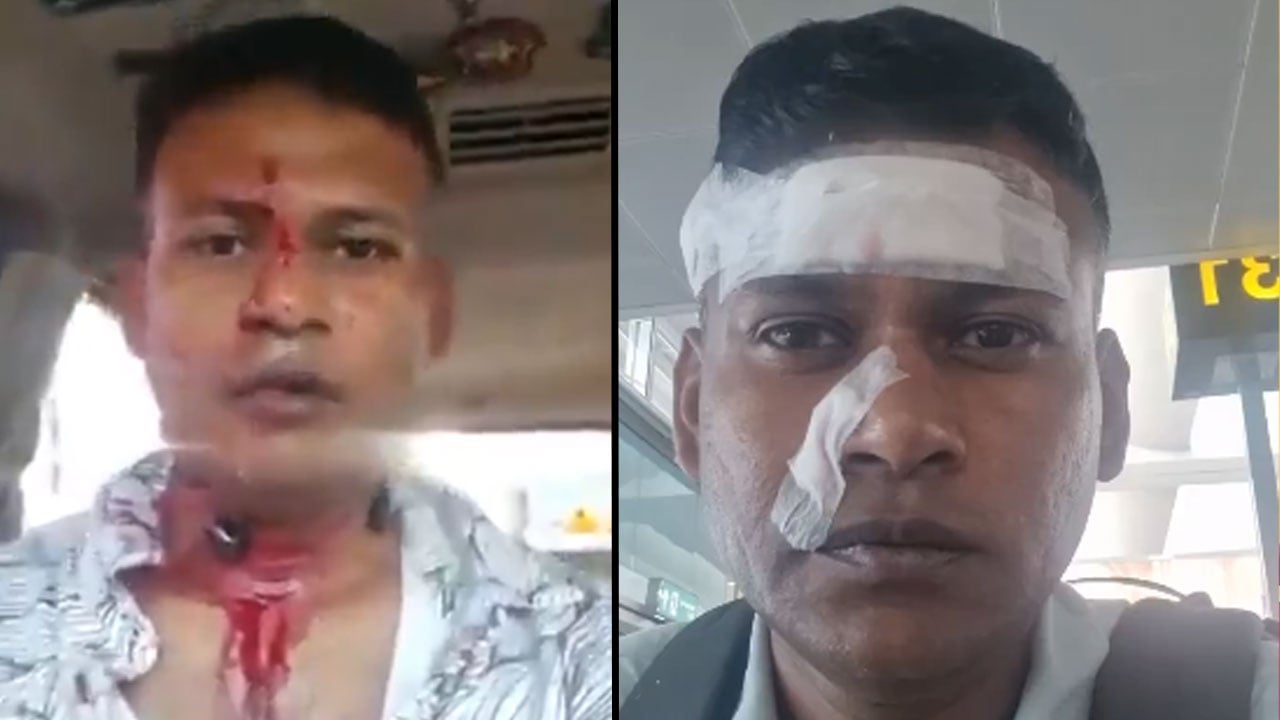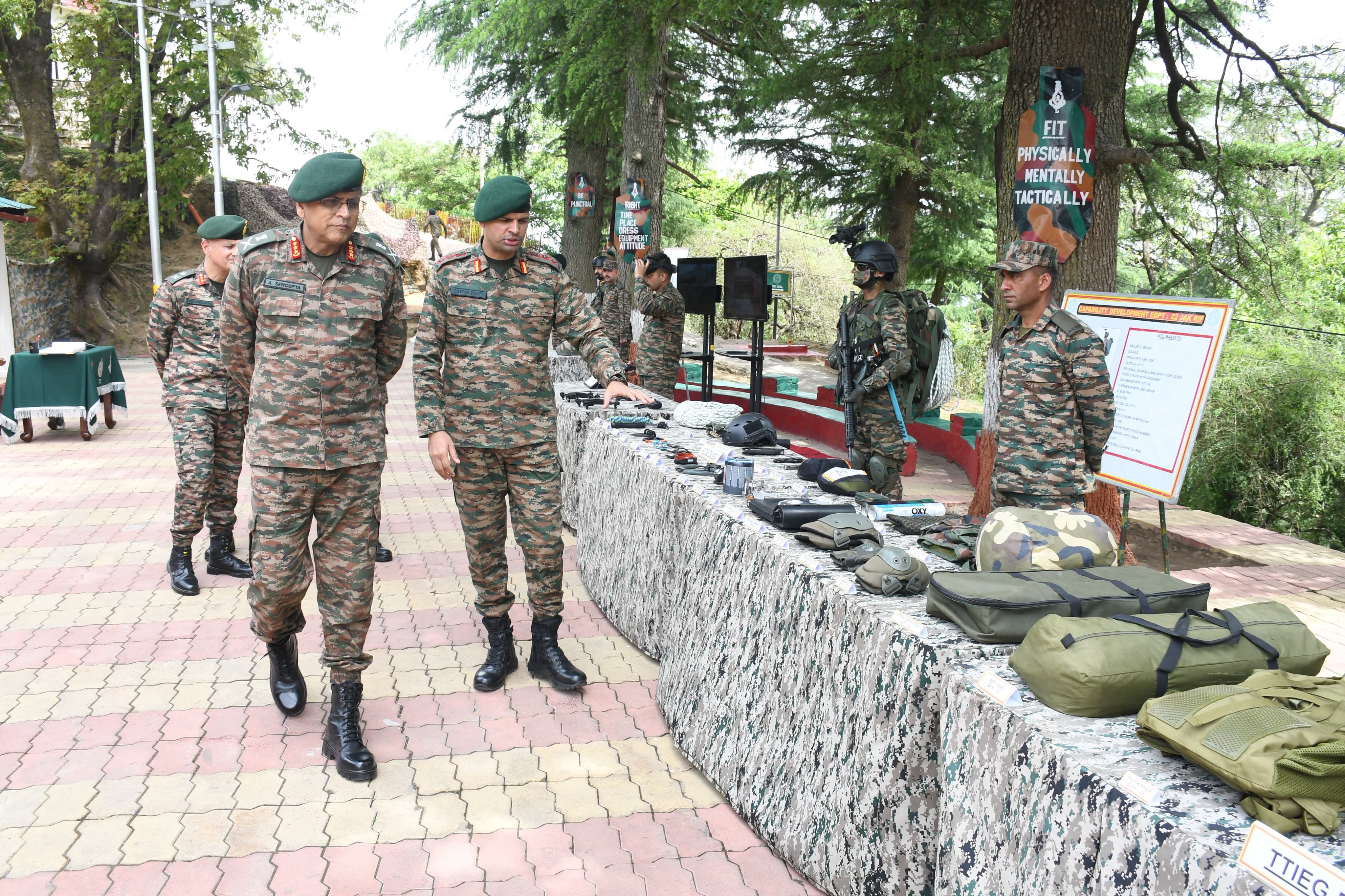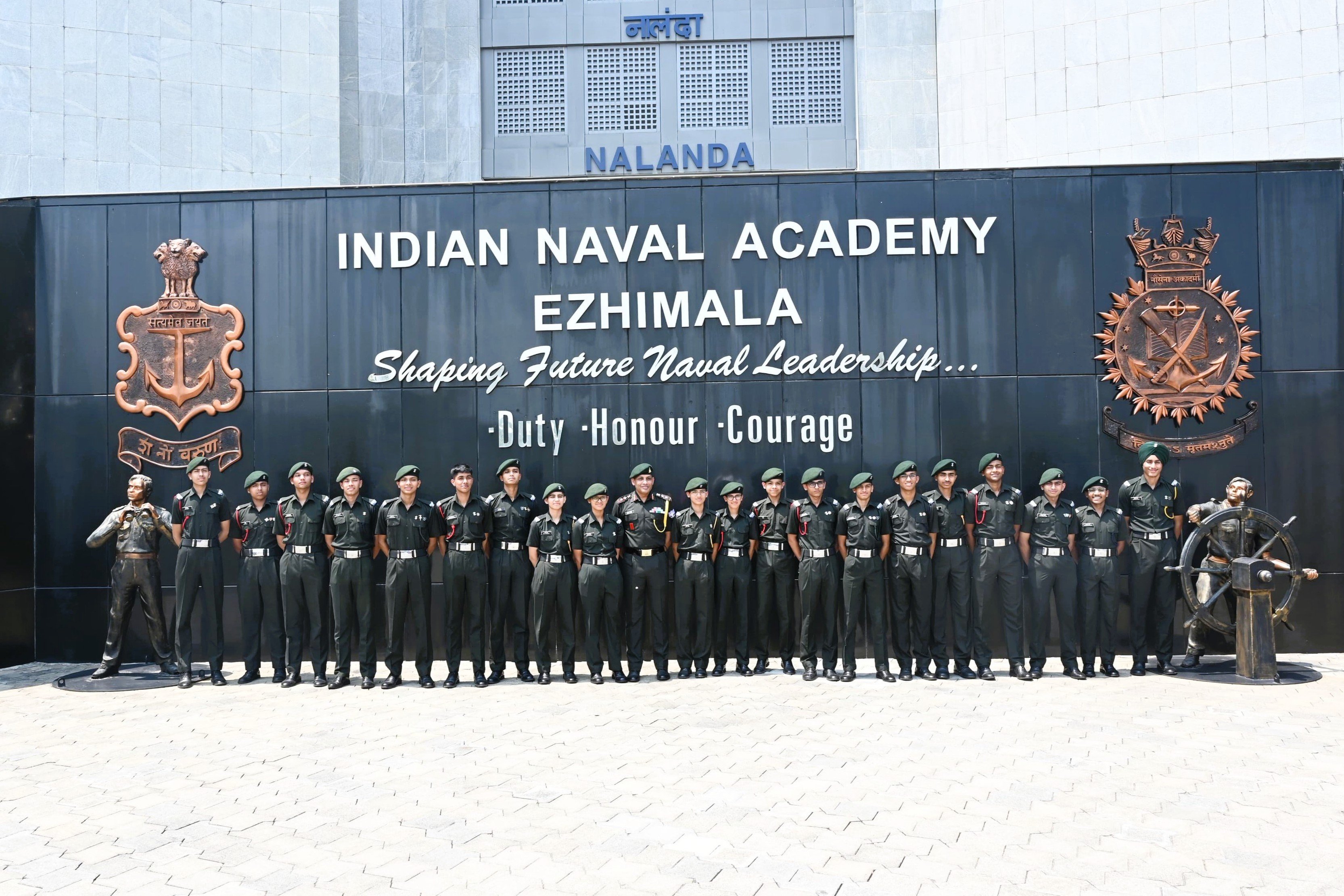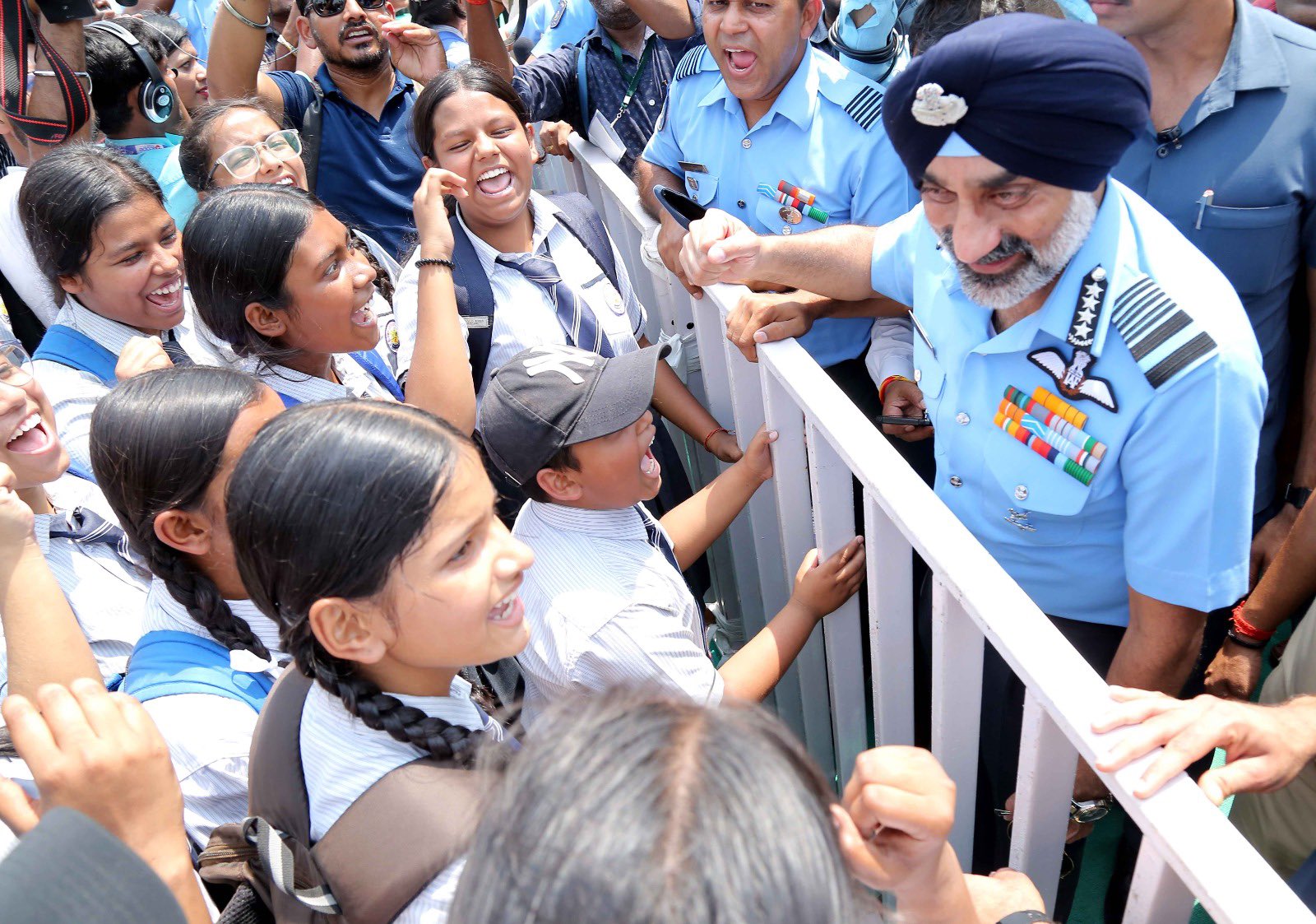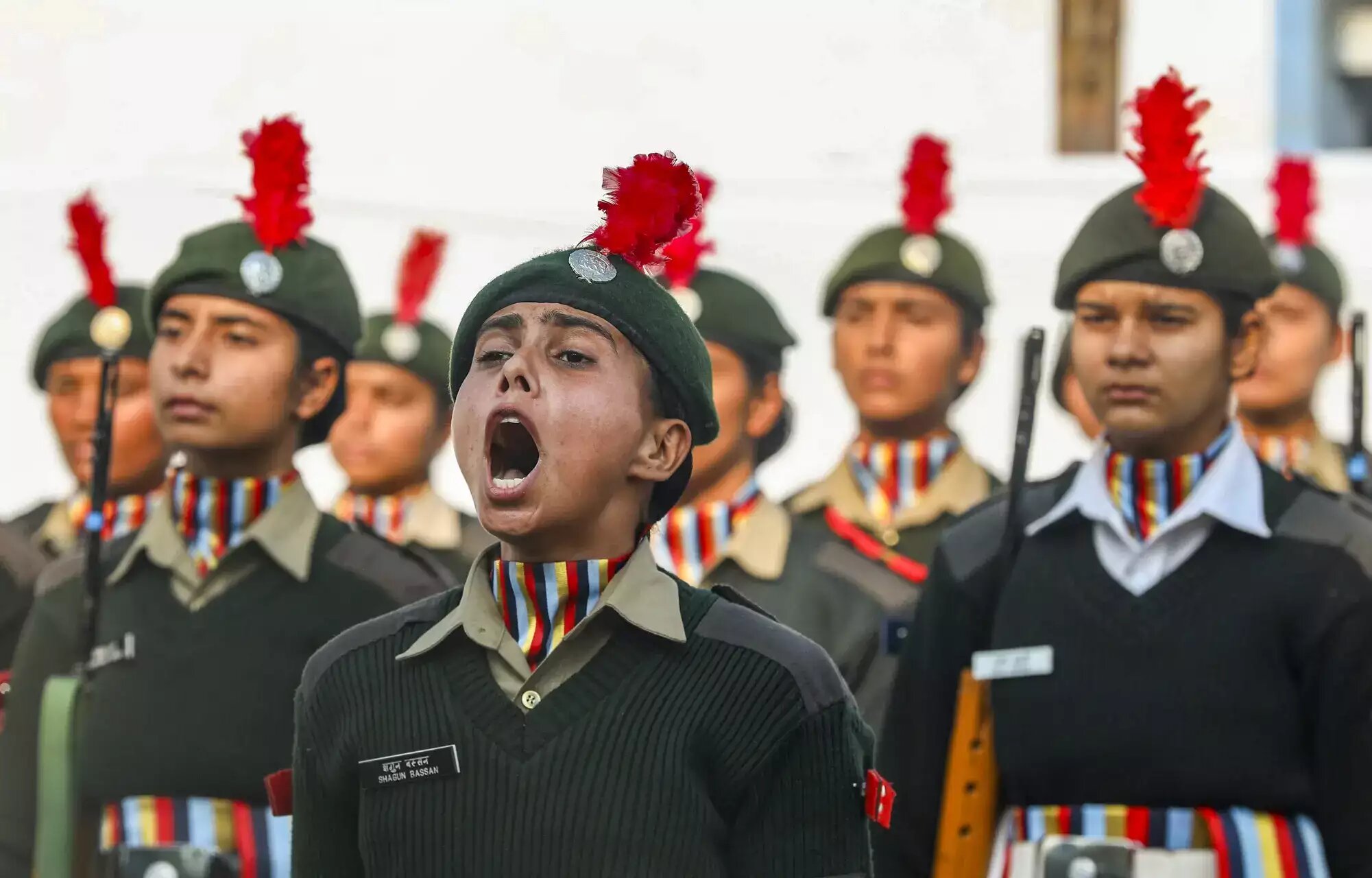Exercise Shatrujeet in being conducted in the Thar Desert of Rajasthan to evaluate the capability of the Army to strike deep into enemy territory in an integrated air-land battle environment. The Army undertakes such exercises at regular intervals at different levels to ensure forces are provided war-like situations and kept in high-state of battle readiness. This exercise is being considered to be a part of India’s Cold Start Doctrine.
Here are the 8 points to know about this exercise:
- The exercise started on 16th April and will be concluded on April 23.
- Exercise Shatrujeet is undertaken by Mathura-based Strike 1 corps which is one of the three principle strike corps of the Army.
- This exercise will involve participation of several Infantry, armoured and artillery formations under a simulated nuclear, biological, chemical warfare environment.
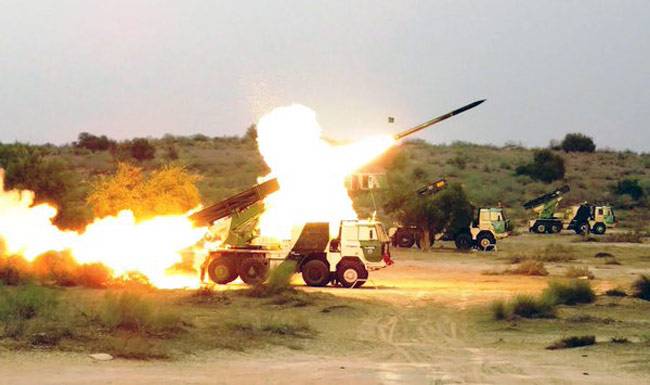
- The formation and units under the corps have been undergoing the training for past two months and this is the last phase of exercise. Post-preparatory training manoeuvres at subordinate units and formation level, the Strike 1 is now poised to conduct integrated operational manoeuvres to validate its operational plans in simulated high tempo battlefield environment and terrain.
- The exercise focuses on “validating integrated battle theatre fighting concept”. This will incorporate drills using new-age technologies, weapon platforms and systems as well as long range precision targeting vectors.
- The exercise holds utmost importance for the Army as a threat from Pakistan’s 60-km Hatf-IX missiles is expected anytime. Exercise Shatrujeet will aim to fine-tune the strategy to tackle the threat.
- To add teeth to the strategy, the exercise will also see major airborne operations, including para-dropping of around 3,000 soldiers!
- Army Chief General Dalbir Singh Suhag will review the final phase of the exercise.
About Cold Start Doctrine: It involves the various formations of India’s military conducting offensive operations against enemy (particularly Pakistan). It would involve limited, rapid armoured thrusts, with infantry and necessary air support. Under it, the offensive operations must begin within 48 hours after orders have been issued. Such a limited response time would enable Indian forces to surprise their enemy. It is intended to allow India’s conventional forces to perform holding attacks in order to prevent a nuclear retaliation from the enemy. And since India’s no-first-use policy on Nuclear weapons is clear, this doctrine comes to the rescue when enemy takes the big step.


